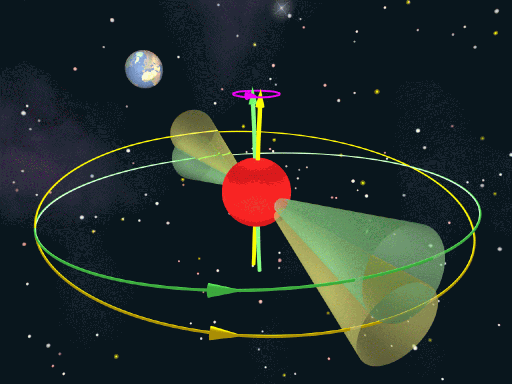Astronomers find middleweight black hole
The black hole is around 600 light years from the centre of galaxy M82. “This black hole might eventually sink to the centre of the galaxy where it may grow to become a supermassive black hole&#...
 Read article: Astronomers find middleweight black hole
Read article: Astronomers find middleweight black hole



